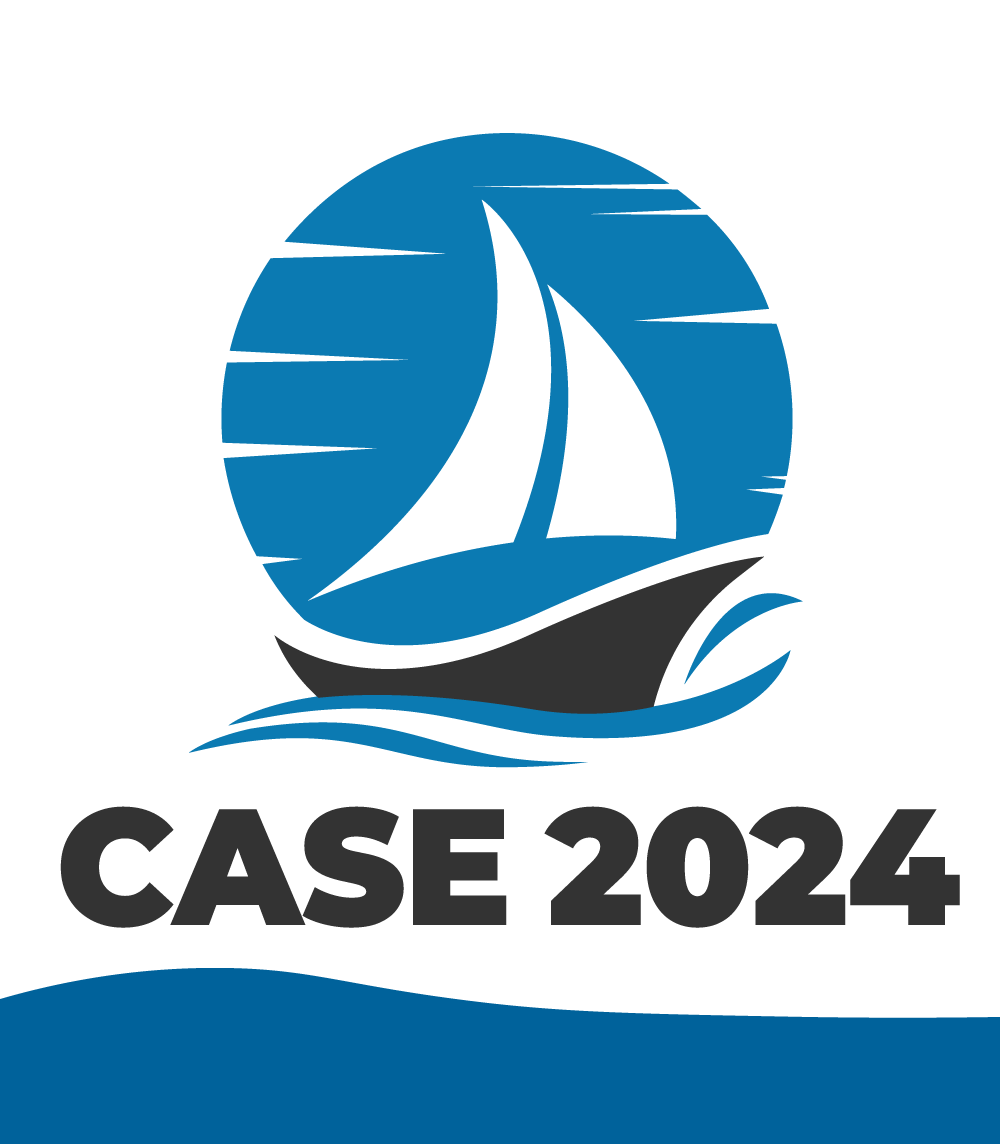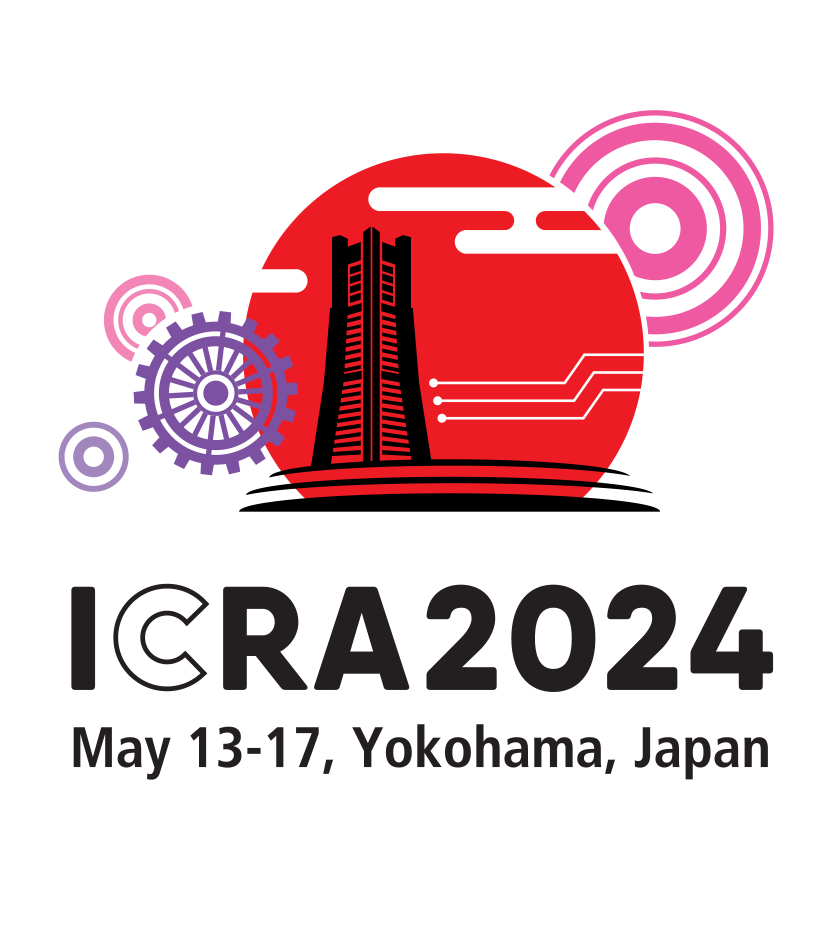Special Section on Impact-Aware Robotics
Important Dates
● Submissions open: October 15, 2022
● Submissions close: March 1, 2023 May 1, 2023
Guest Editors
Alessandro Saccon, Eindhoven University of Technology (TU/e), NetherlandsMichael Posa, University of Pennsylvania, USA
Abderrahmane Kheddar, CNRS-AIST, JRL, Japan/France
Yan Gu, Purdue University, USA
Overseeing Editor
Paolo Robuffo Giordano, CNRS, IRISA, France
Aims and Scope
This special issue of the IEEE Transactions on Robotics (IEEE T-RO) focuses on the theory and practice of impact-aware robotics, revolving around the exploitation of intentional fast contacts with surrounding objects and the environment for execution of manipulation and locomotion tasks. To enable intentional impact tasks, a suitable combination of mechatronic design, modeling, planning, sensing, learning, and control is paramount.
Traditional robotic systems and robot control strategies ‘fear’ impacts: contact is either totally avoided or established at essentially zero relative speed. On the contrary, in impact-aware manipulation and locomotion, contact is intentionally established at non-negligible relative speed, targeting the reduction of execution time and energy consumption and enabling the execution of new dynamic tasks.
This special issue intends to cover all aspects which are defining impact-aware robotics, where object-robot-environment dynamic physical interactions and corresponding sudden velocity jumps and vibrations are specifically addressed. In particular, the aim is at covering the broadest set of topics related to impact-aware robotics, including but not limited to:
• impact-resilient robot hardware design including actuators, post-impact vibration damping and shock absorbing technologies that can be implemented on robots;
• experimental validation of robot-object-environment predictive impact models;
• learning, sensing, and perception for collision detection and classification, when intentional impacts are planned and expected at single or multiple points simultaneously;
• modeling and simulation of robot dynamics with impact, friction, and joint/link flexibility effects;
• motion planning strategies for robot manipulation and locomotion, involving dynamic physical interaction/velocity jumps due to intentional (simultaneous, multiple points) collisions
• control and learning strategies for robot manipulation and locomotion involving dynamic physical interaction; and
• real-world applications of impact-aware robotics in application areas, e.g., logistics and manufacturing.
Submission Instructions
We welcome top-quality original (unpublished) articles, including “evolved” papers in accordance with IEEE T-RO policy (https://www.ieee-ras.org/publications/t-ro). Each submission will be peer-reviewed and the selection of papers will be based on their originality, impact, and relevance to the aims and scope of the special issue.
All submissions should be formatted following the IEEE T-RO journal instructions for authors (https://www.ieee-ras.org/publications/t-ro/information-for-authors) and submitted to: https://ras.papercept.net/journals/tro/scripts/login.pl.
To ensure that all manuscripts are correctly identified for evaluation for the special issue, please select “Impact-Aware Robotics” in the submission process.







